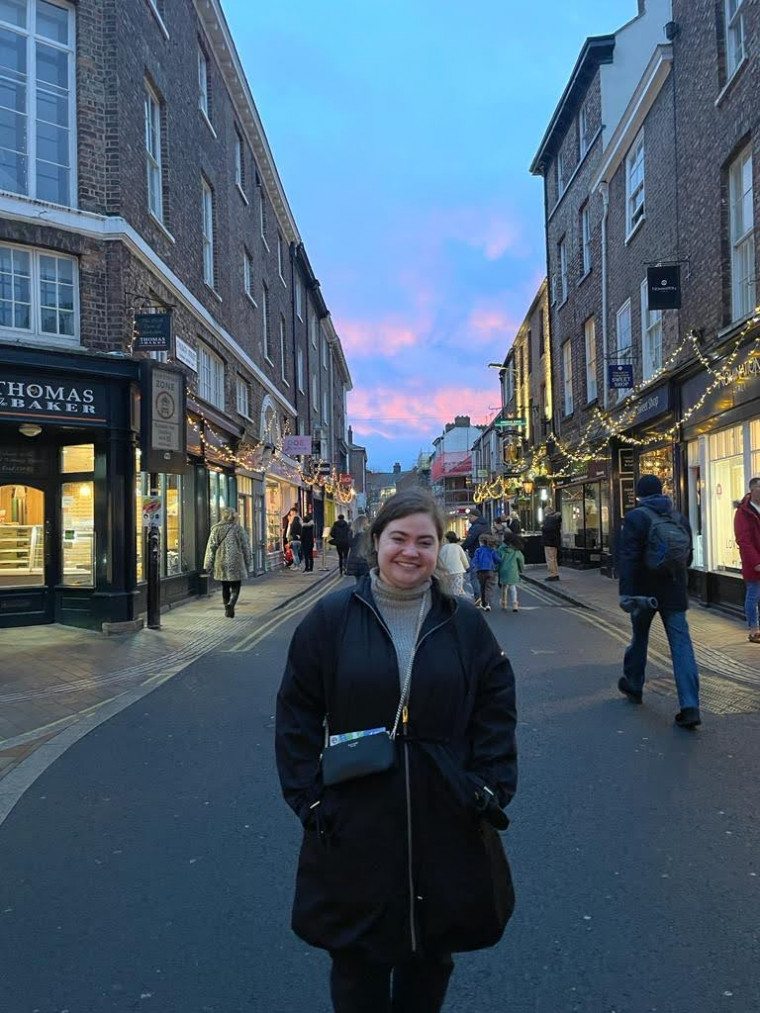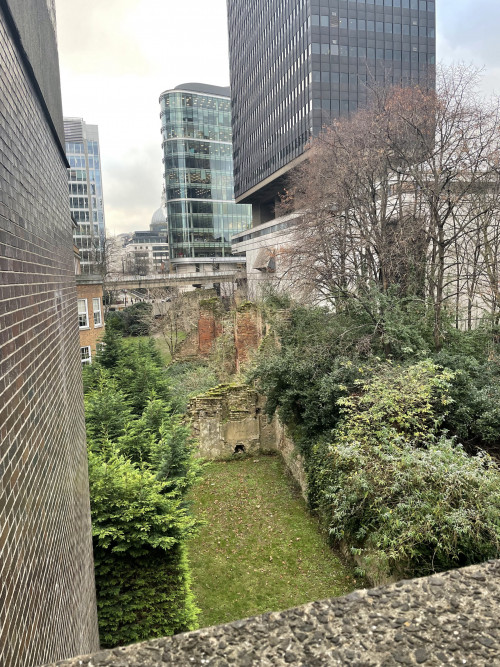Theatre Blog
London - Spring 2022
Open gallery

Ava Schmidt - London - Spring 2022
London is meant to be one of the world’s “centers of theatre”, and the West End is synonymous with the “London theatre scene” in many minds – including my own before embarking on this semester abroad. The West End is, of course, a place that rivals Broadway in quality and commercialization (except with MUCH cheaper ticket prices).

But those West End shows are, I’m finding out, not really all that “London theatre” means. The city is huge, and even the bits on the edges that may not count as London in name are so easily reached by the amazing public transport, and so my eyes have been opened. There are SO MANY theaters here. We did an exercise in our Theatre in London class to complete an assignment that perfectly illustrated this – using the detailed system of postcodes here, each student chose a random postal area (West 1, or W1, for example, is where the West End is). Within that area, of which there are 121 total, we then had to find a theater to go to, see a show, and write about the programming there and what it says about the area. And no matter what random combination of numbers each of us pulled out of a hat, there were invariably at least five to ten theatre venues in that sector. So, so many – and still quality and intriguing enough that our professor knew at least two he could pick from that would have something great on. The drive of the artists in this city to make, to move, to start up their own theatre companies and to stay afloat – especially in this era of the extreme capitalism present in most arts – is amazing and inspiring. And what does it mean for our program? We get to see a show as a class every single week, and not one of them is the same as another. And not one has been something I’ve ever heard of so far. I feel so happy to exposed to all these brand new ideas, shows, and types of the practice I love so much, and even those on this trip who aren’t Theatre majors or who have never seen a play before are fascinated by the range we’re getting to experience. It is both a perfect crash-course in contemporary theatre and an amazing broadening of an existing palette or scholarship.
That theatre assignment I described above is another great picture of what I’ve learned to love most about the art here – the way it is entrenched in community. In a place as big as London, that sense of community is of the utmost importance. Each theatre venue I’ve been to so far is embracing that in a different way – even further out from London, on a group excursion we got to do as part of the program, we learned about and got to see some of the 14 th century tradition of “mystery plays” that have been performed in York with the same script and same value of using community guilds to produce each show. Fun fact, “mystery” in this case comes from “mastery”, because these productions are and were mounted by the craft masters in the guilds of the city – this tradition of theatre really is by and for the community.

And that community feel, the way they have used this new building to carve out a haven of free space, art space, and idea space in the city for anyone to enjoy, is so indicative of what a lot of venues here are all about right now. Programming reflects the community, space reflects their desire for you to stay a while and talk, and prices reflect the idea that theatre shouldn’t be so inaccessible. I could not be more in favor of those values – I’m so excited to keep them in my mind and heart and bring them to my professional work and to my continued projects at L&C. And to top it all off – the NewDiorama lays out boxes of free pizza (vegan and gluten-free included) after EVERY SINGLE performance. So what’s the harm in grabbing a slice (or five), and mulling over the art you just took in? They’re showing us that the theater is, and should be, a spacefor synthesizing and appreciating with adequate time to breathe.
Theatre is located in Fir Acres Theatre on the Undergraduate Campus.
MSC: 54
email theatre@lclark.edu
voice 503-768-7491
fax 503-768-7671
Chair Rebecca Lingafelter
Theatre
Lewis & Clark
615 S. Palatine Hill Road MSC 54
Portland OR 97219